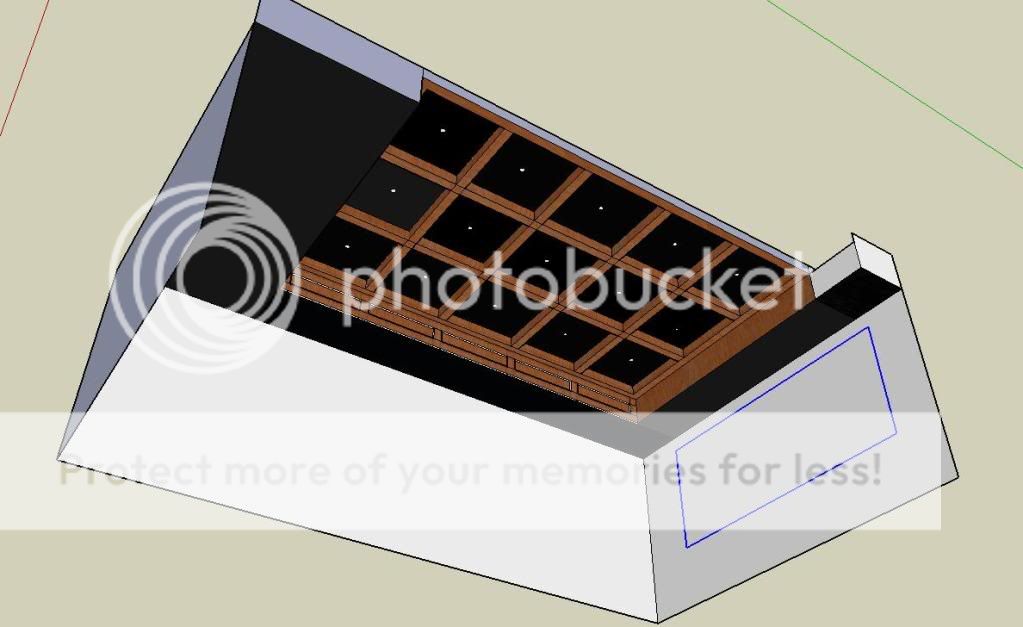cmsajith
Well-Known Member
See what you can do...
In your situation, I would MUCH MUCH rather diffract sound off the ceiling that purely absorb it.
Why not have your kaarigar build you something like this.

Problem solved dost
You want to read about "acoustic diffusers"...just ask professor Google for the rest.
So what you mean to say is that we should not have any absorption panels in the ceiling?
Also as per the above pic the diffuser is having a vertical alignment, Is it ok if we put horizontal boxes instead (4 x 4 inch in cross-section) with 2 ft' distance b/n two planks? If required, the space b/n the 2 boxes can be attached with a surface with a slight slope some facing towards the backside and some towards front side of the room, a modified version of the last picture in the post : http://www.hifivision.com/av-enhanc...0-importance-room-treatments-2.html#post74749.
How this design would be?
Picture attached.
Last edited:



